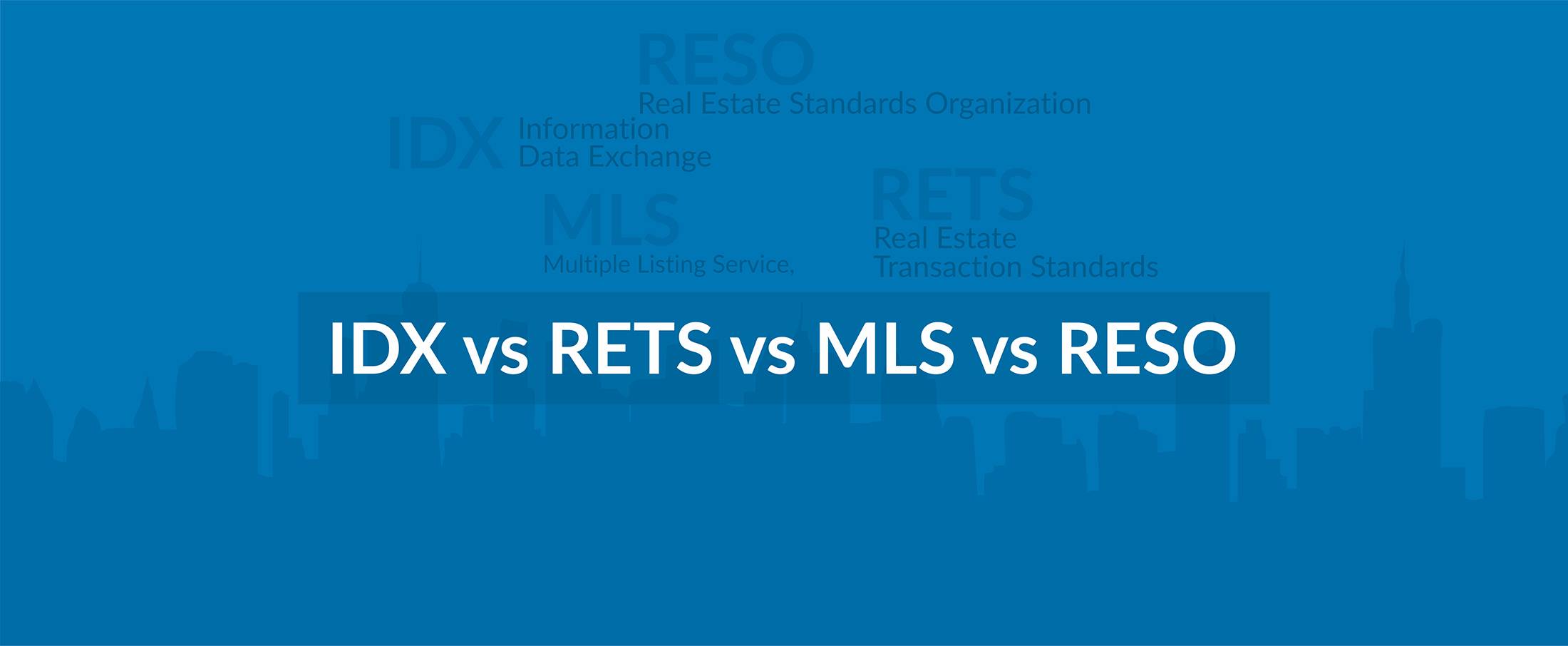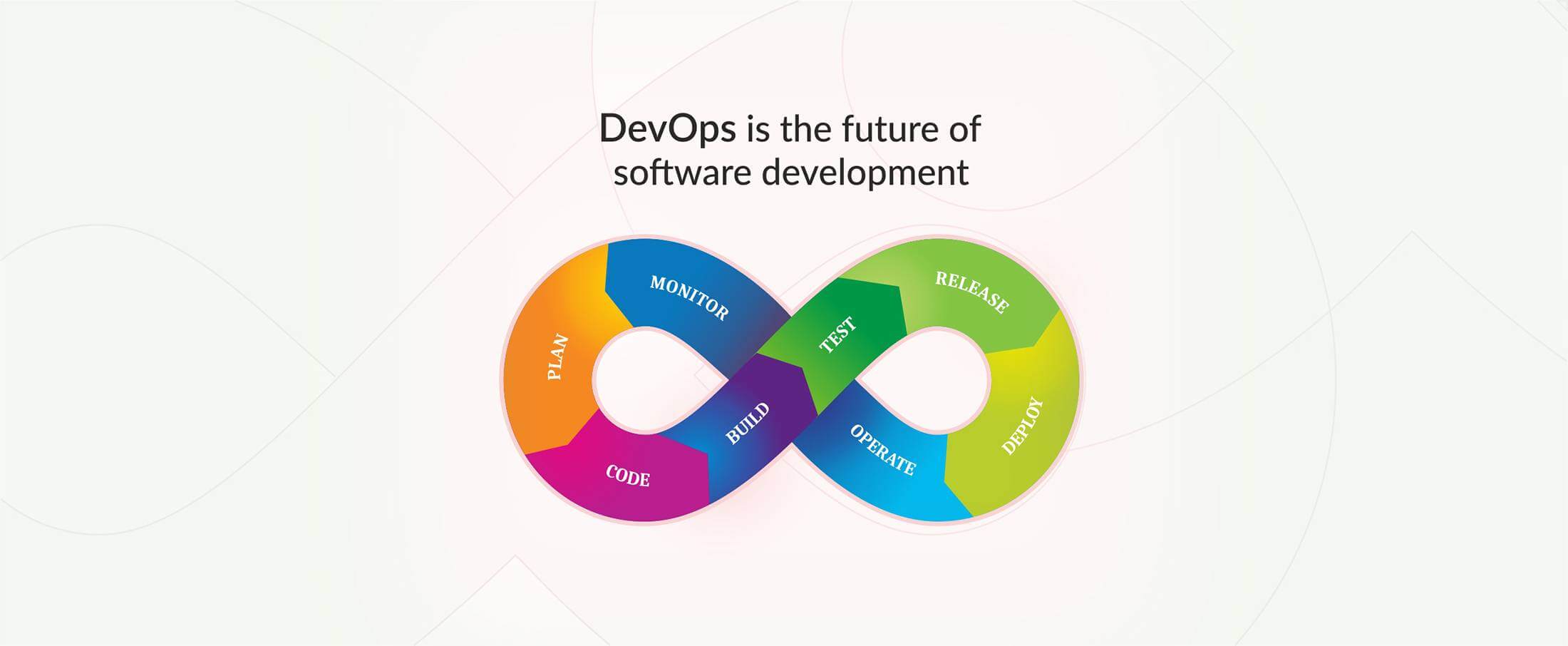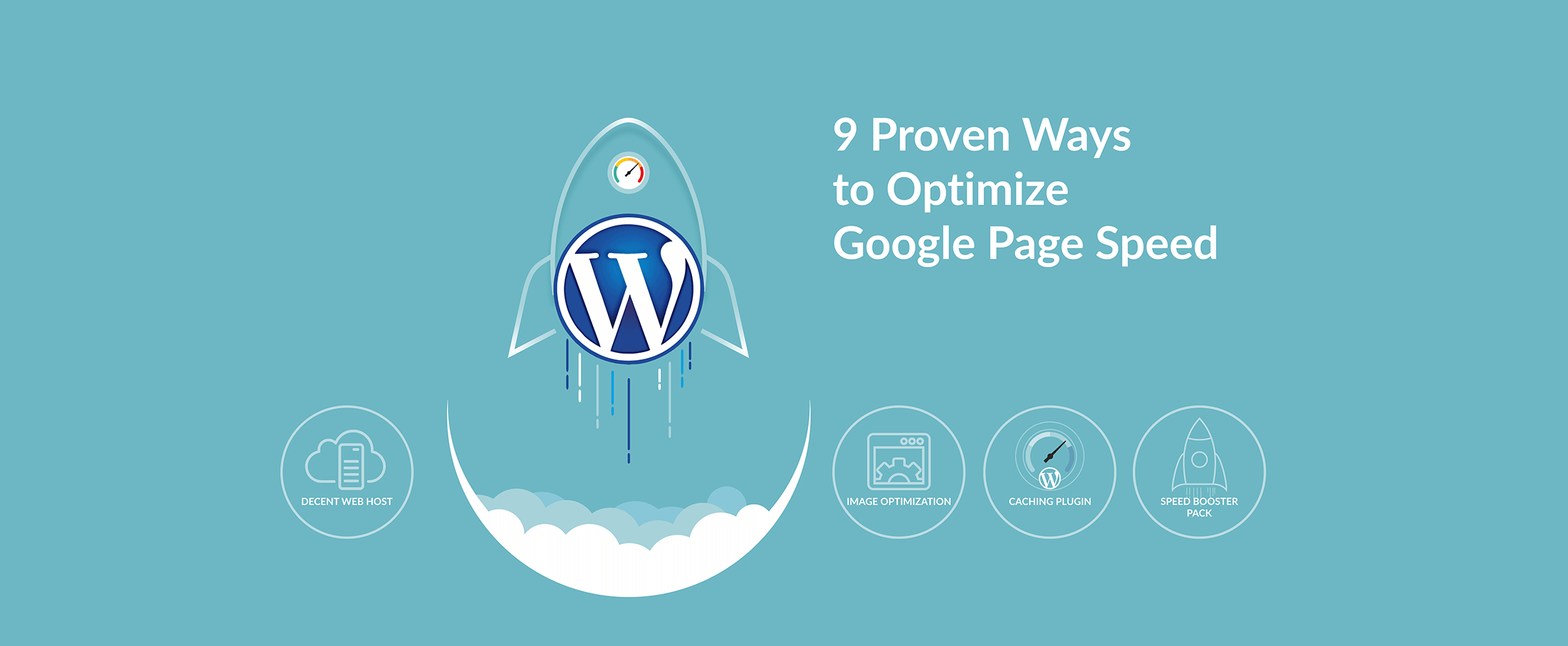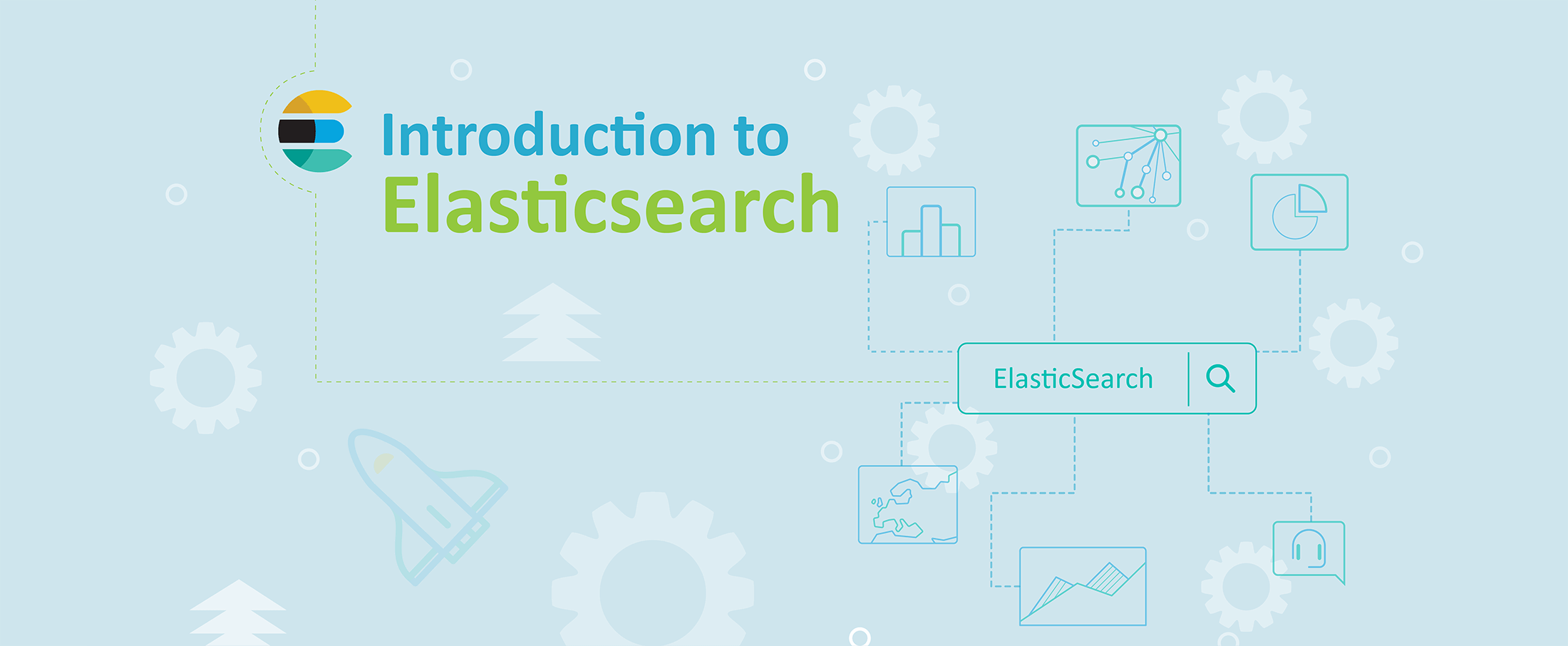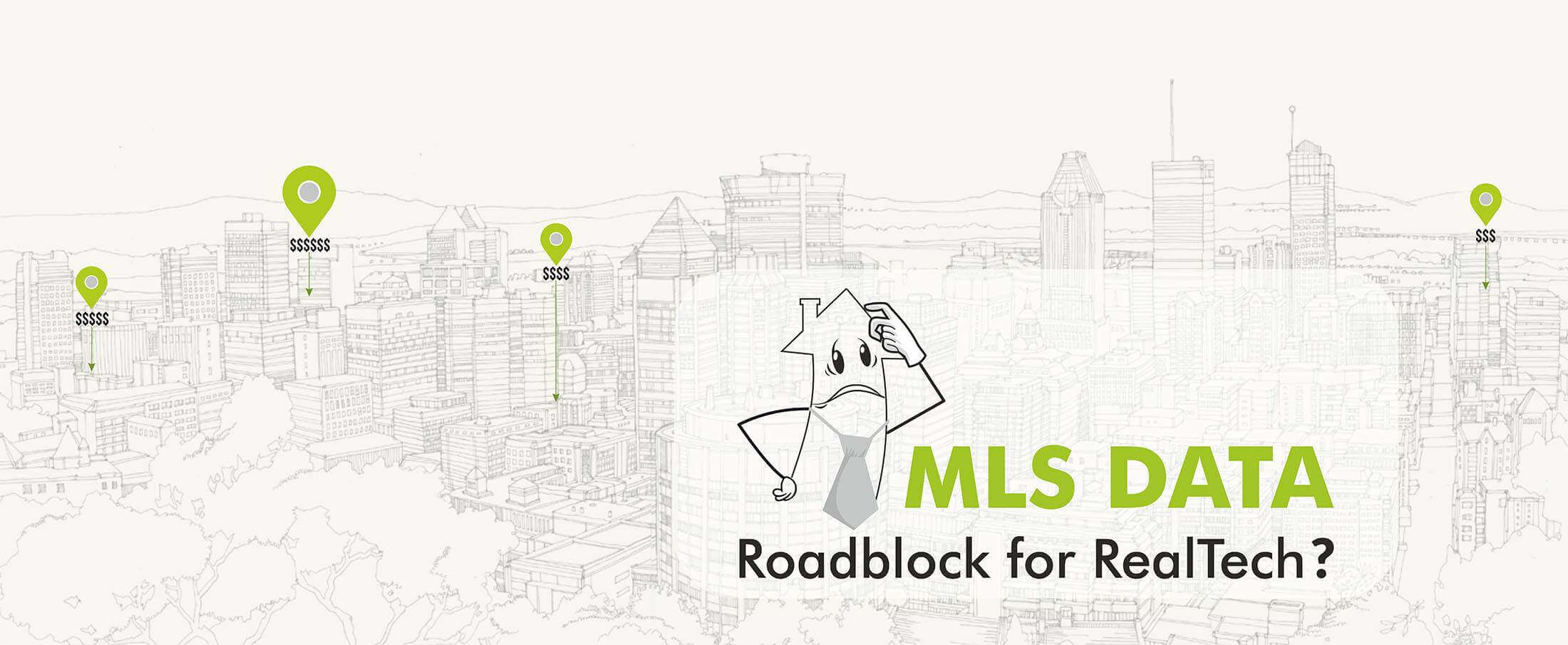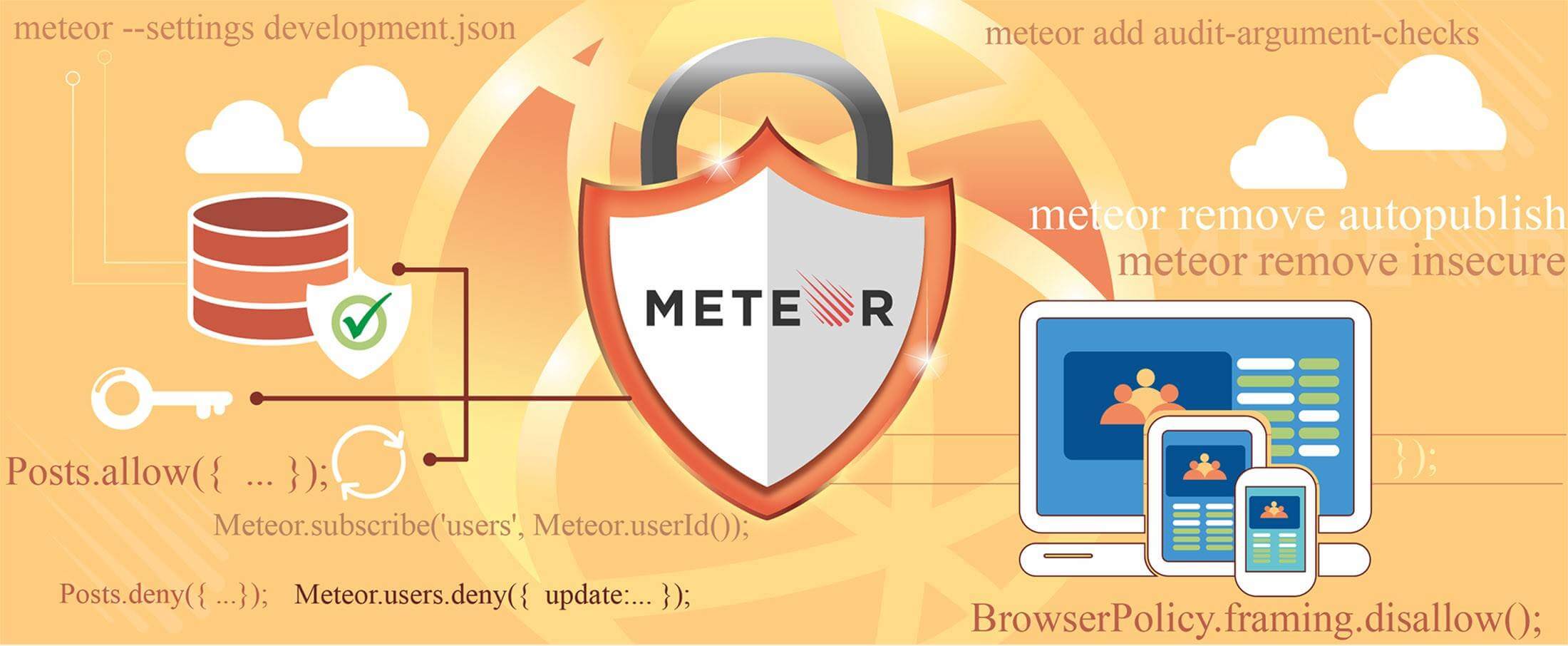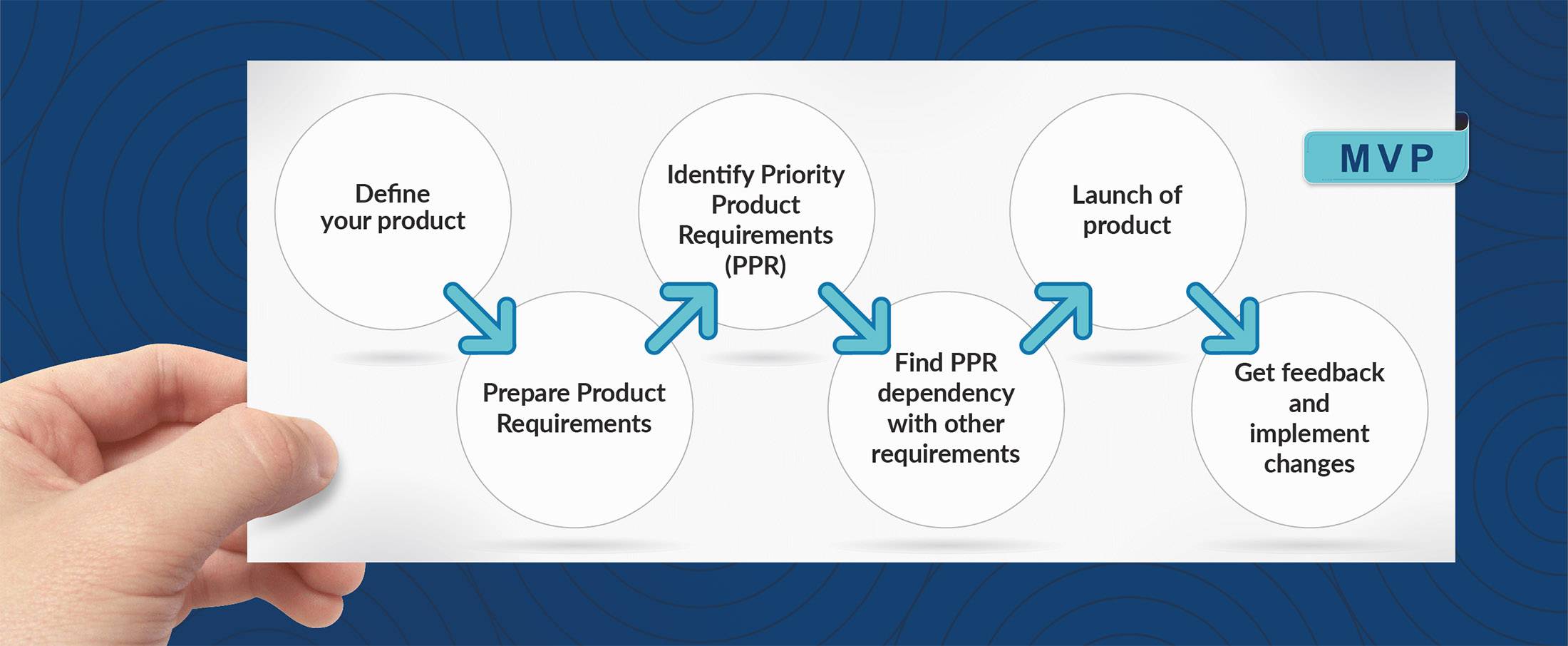What is the difference between RETS and RESO Web API?
What is the difference between RETS and RESO Web API?
The real estate industry is striving to become more consistent and uniform when it comes to reforms and regulations. There are still a lot of issues that affect the working of real estate agents, particularly when it comes to listing properties or the like.
In this article, we are going to talk about two similar yet very different real estate terms – RETS (Real Estate Transaction Standards) and RESO (Real Estate Standards Organization).
These two terms are related to each other, but are still slightly different. So let’s check out the little nuances that set them apart from each other.
Difference Between RETS and RESO Web API
RETS

Founded in 1999, RETS set out to transform the way property listings data was transferred. It set out to create a standardized method for effectively and uniformly transferring property listings across real estate websites.
It basically provided a standard framework for this kind of data transfer. It used an IDX software to send queries to a multiple listings (LMS) database which would display a standard set of results across the database. It is much like how users input keywords or filters in websites today to get specific results that they want; and the website functions in a similar way each time, giving users the standard set of responses.
RETS helped real estate agents display properties from multiple MLSs on one platform, and even spawned many real estate websites that we see today.
RESO WEB API
RESO’s web API (Application Programming Interface) performs the same function as RETS. But what sets it apart from RETS is that it does not run a query to the MLS database through the IDX server to get results. Instead, the IDX server in the RESO Web API directly contacts the MLS database to receive results.
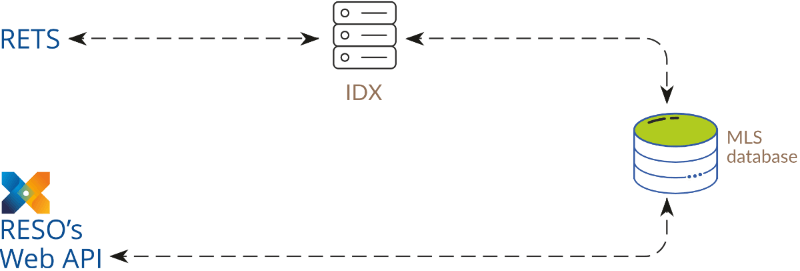
How the RESO Web API is better than RETS
The drawback of using RETS is that anyone using it had to download the entire MLS database onto their local servers and then run updates as and when needed. This ended up taking a lot of time and even more server space.
Some MLS databases came with listing data that exceeded 100 GBs. Hence, real estate agents needed to have hosting plans that were large and often expensive.
The RESO Web API Difference
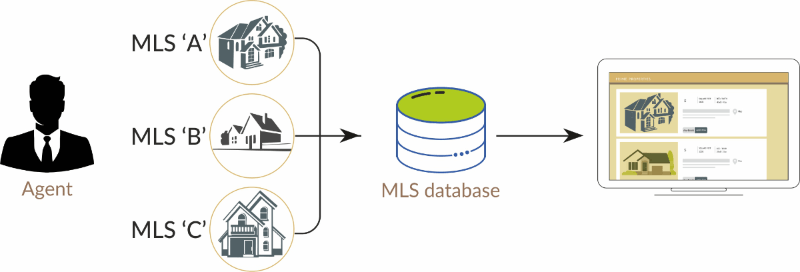
If the latest buzz is anything to believe, the RESO Web API is going to replace RETS in the coming years. It will definitely help real estate agents host MLS databases from various regions on their website and save server space at the same time.
It will also help potential buyers scan properties from various geographical regions on one website.
- IDX
- MLS
- Real Estate
- RESO
- RETech
- RETS
Mobifilia
13 December 2018


























































